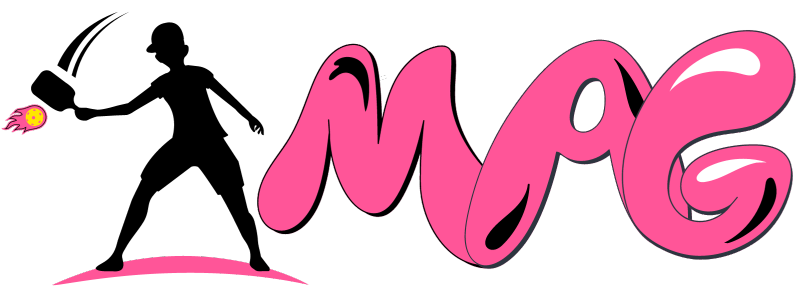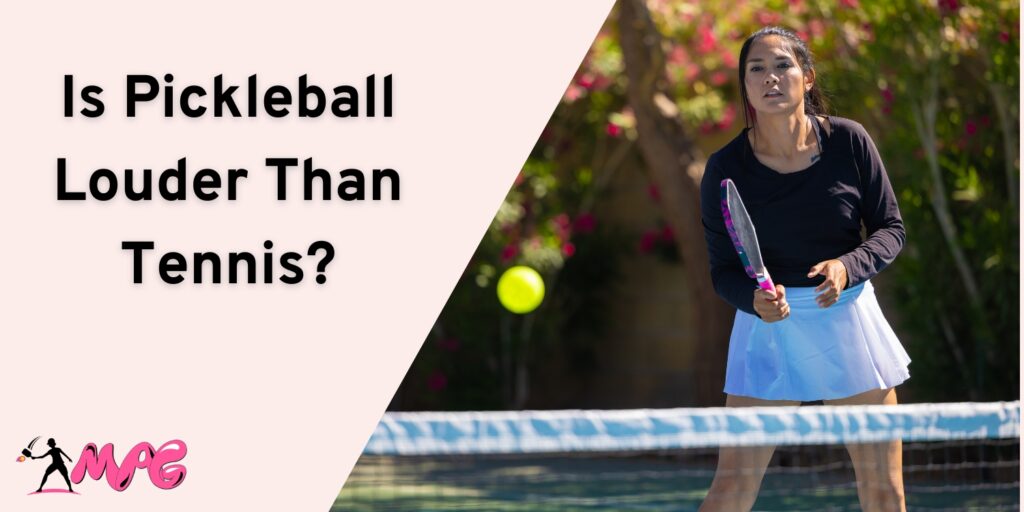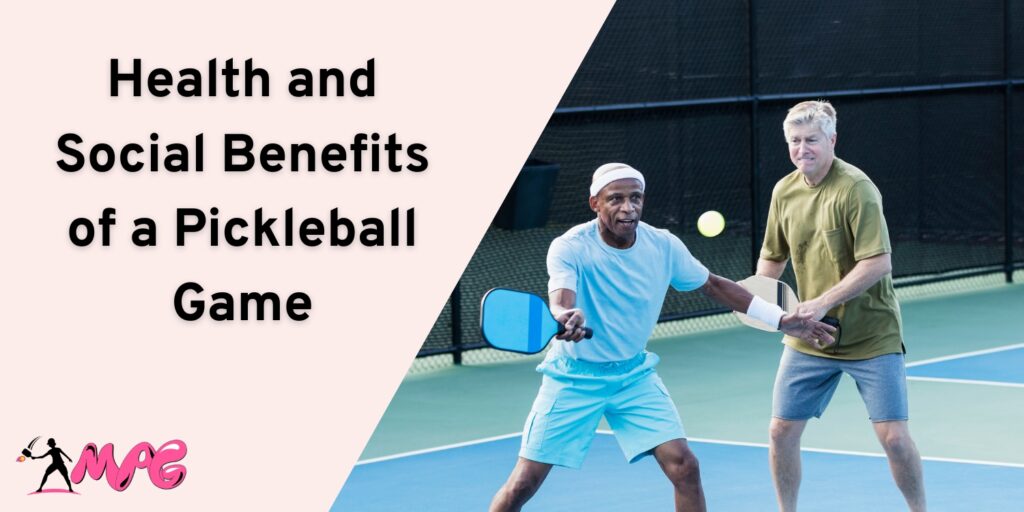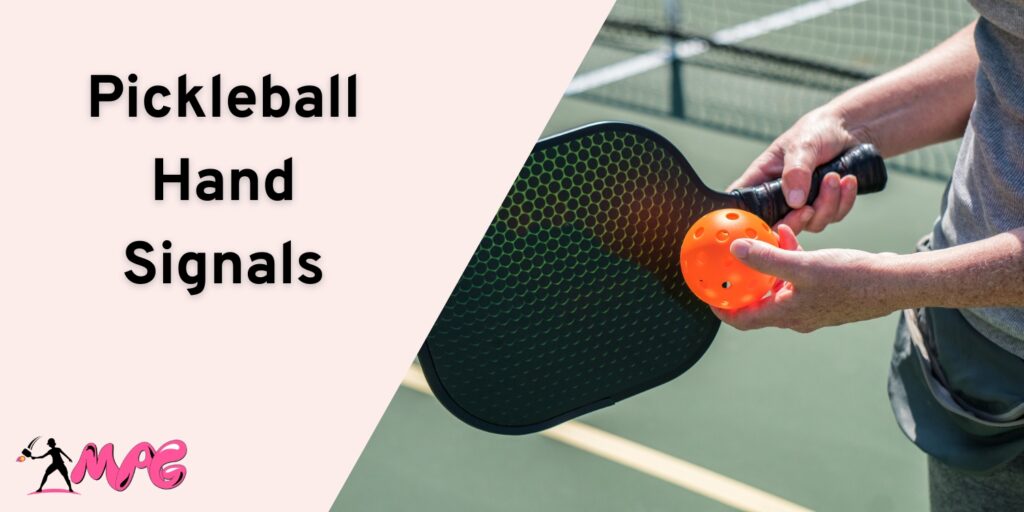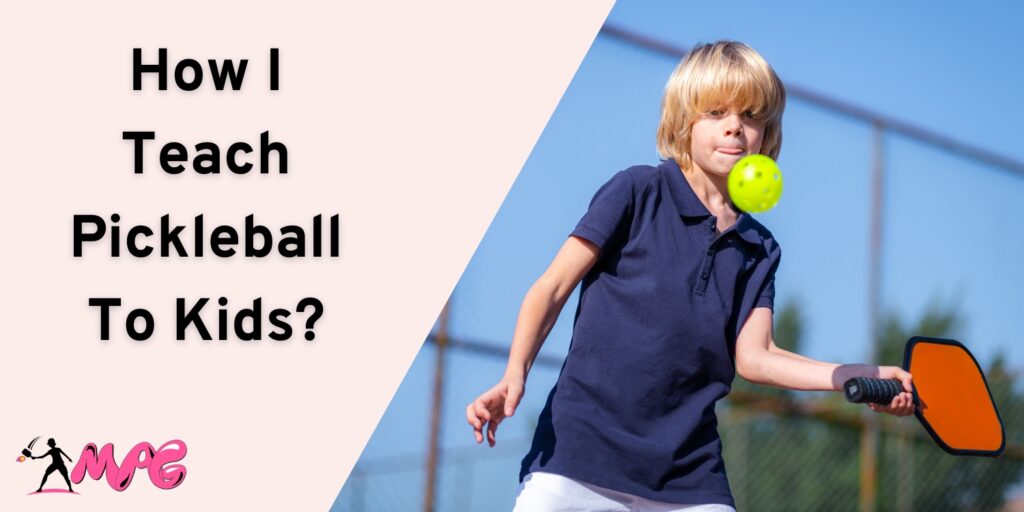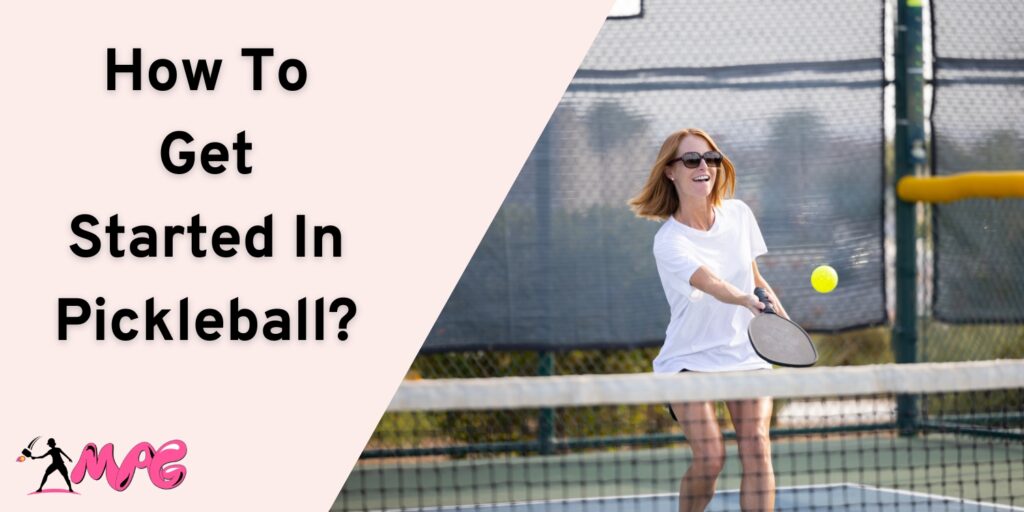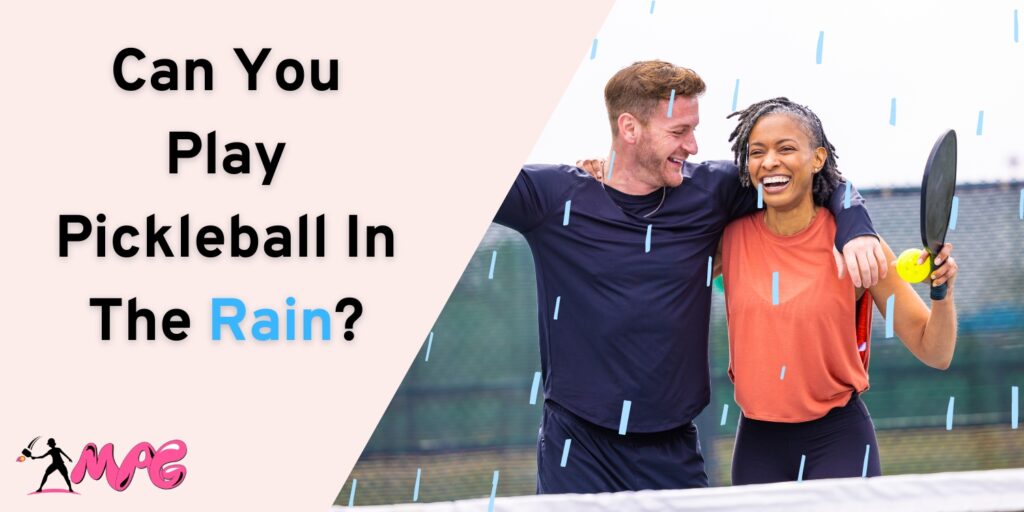Dink
Pickleball Mastery Awaits!
Recent Blogs by PicklersMag
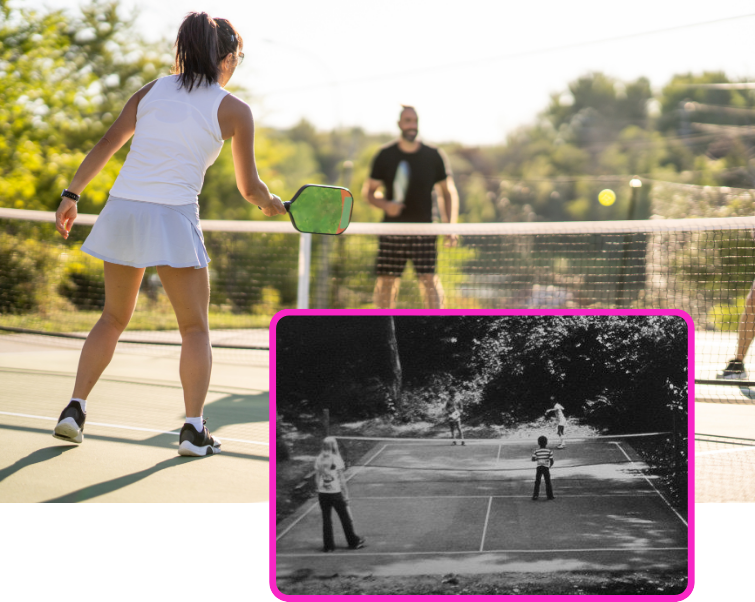
About Pickleball
What Is Pickleball? History Of Pickleball
Pickleball, a blend of badminton and tennis, features wooden paddles, a modified tennis-like net (22 ft wide, 36 in tall), and has become a sports sensation.
Although pickleball came into being in 1965 by their founding fathers Joel Pritchard (Congressman), Barney McCallum (Businessman), and Bill Bell in Washington DC, it only gained burgeoning levels of popularity after its first tournament was held, resulting in plenty of enthusiasm across the nation.
Why the Word “Pickleball”?
Why is Pickleball Called Pickleball? The name itself lies in the gray area as the origin story for its terminology lies behind two theories which are mentioned below.
1. Pritchards’ dog Theory
Joel Pritchard, a founding father and congressman, owned a dog named Pickle, a mix of a cocker spaniel and a poodle.
The dog got its name because it was a mix, just like the sport Joel and his friends played – a mix of badminton, tennis, and table tennis.
Pickle had a habit of taking off with the ball during their games, leading to them playfully calling it a “Pickle” after the chase.
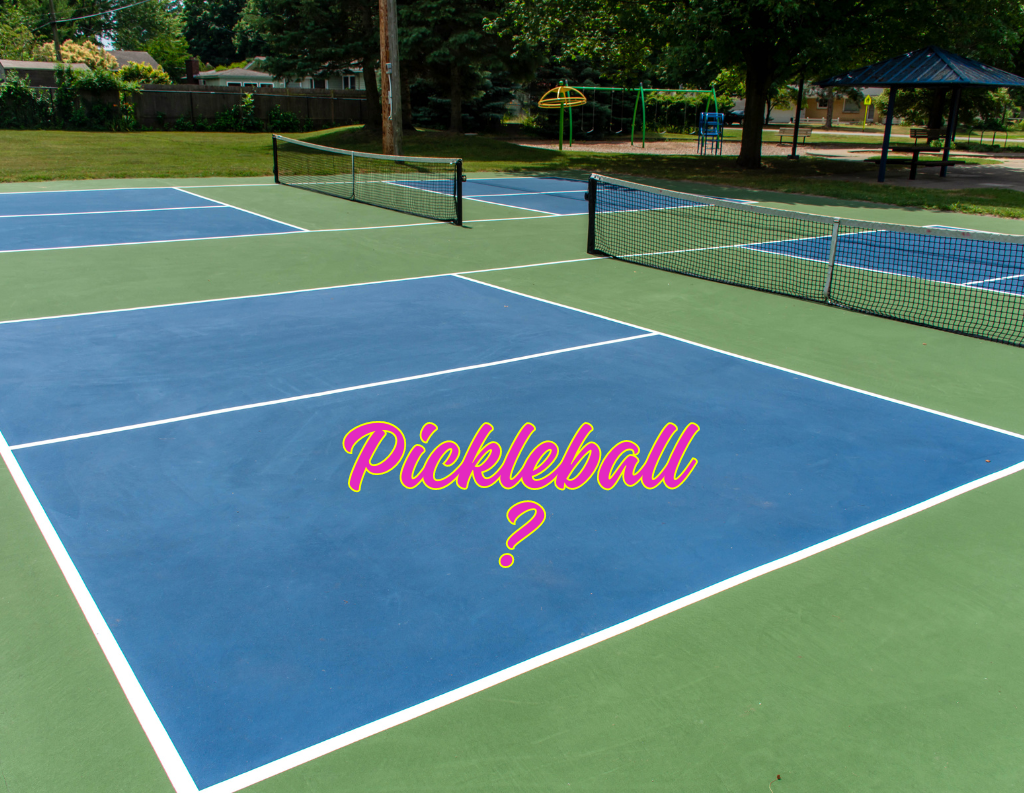
2. Pickle Boat Theory
One theory about the origin of the name “Pickleball” suggests it comes from a “Pickle Boat,” a leftover and less desirable type of boat for rowing.
These boats were considered messy and ineffective, particularly by serious rowers.
However, the true origin of the term remains a mystery, as there is no solid evidence to support any particular theory.
What Is Pickleball A Combination Of?
Up until now, Pickleball has been deemed a casual sport designed for those individuals who didn’t really want to be bound by strict rules and a restricted scoring system,
Henceforth, it originated from three renowned sports Badminton, Table Tennis, and standard tennis.
Point Of Origin
Bainbridge Island, Washington is the point of origin of the sports and was invested by the three founding fathers of casual sports Joel Pritchard (Congressman), Barney McCallum (Businessman), and Bill Bell.
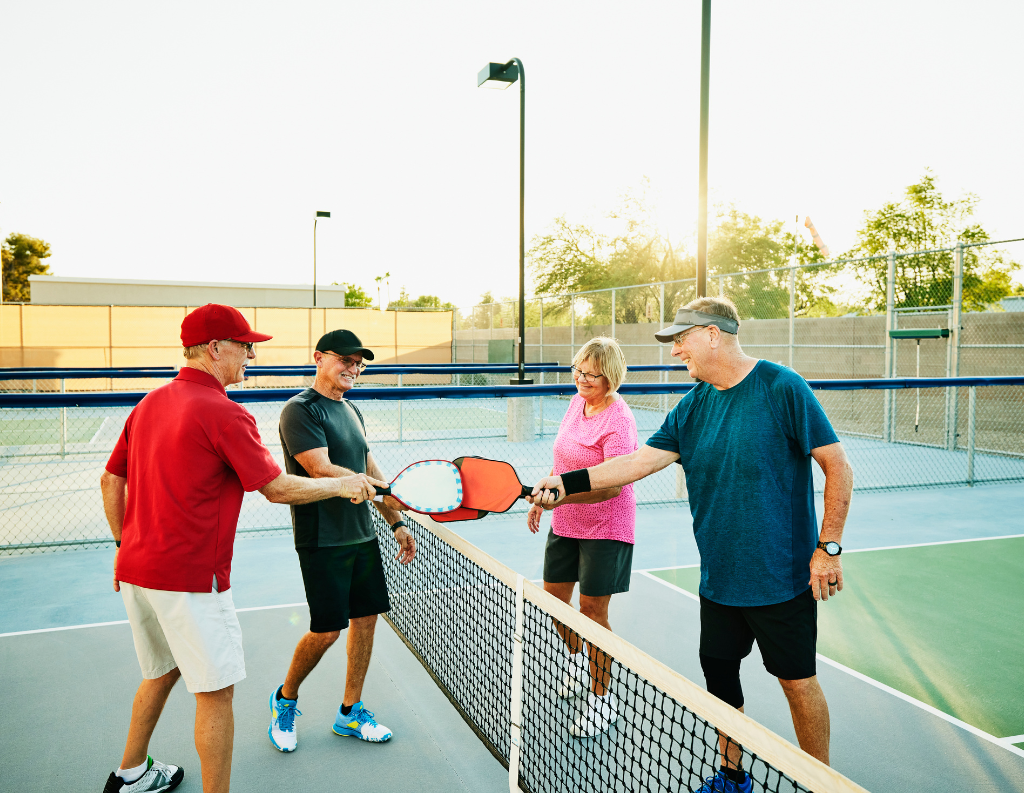

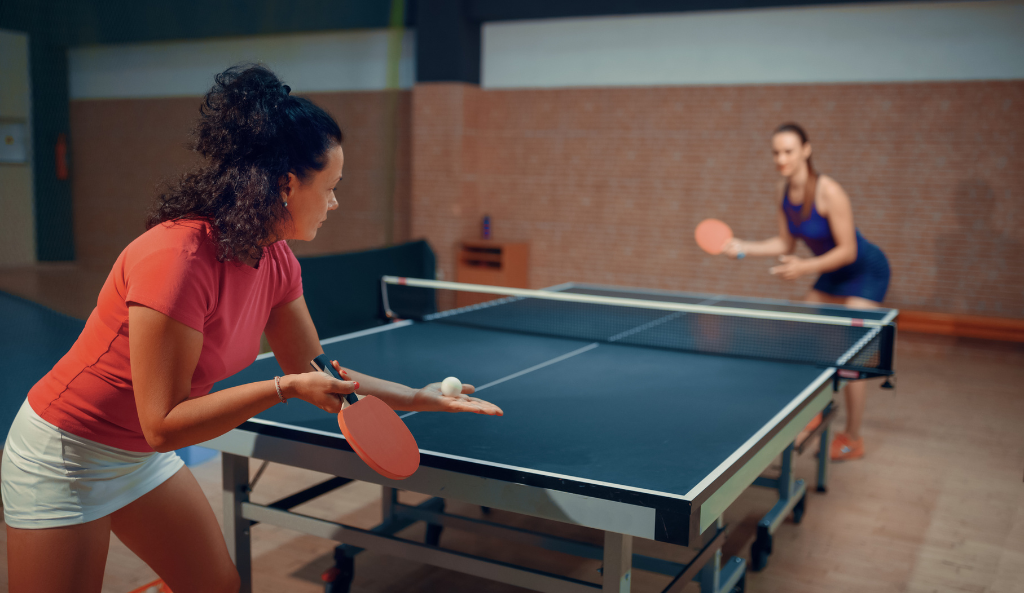
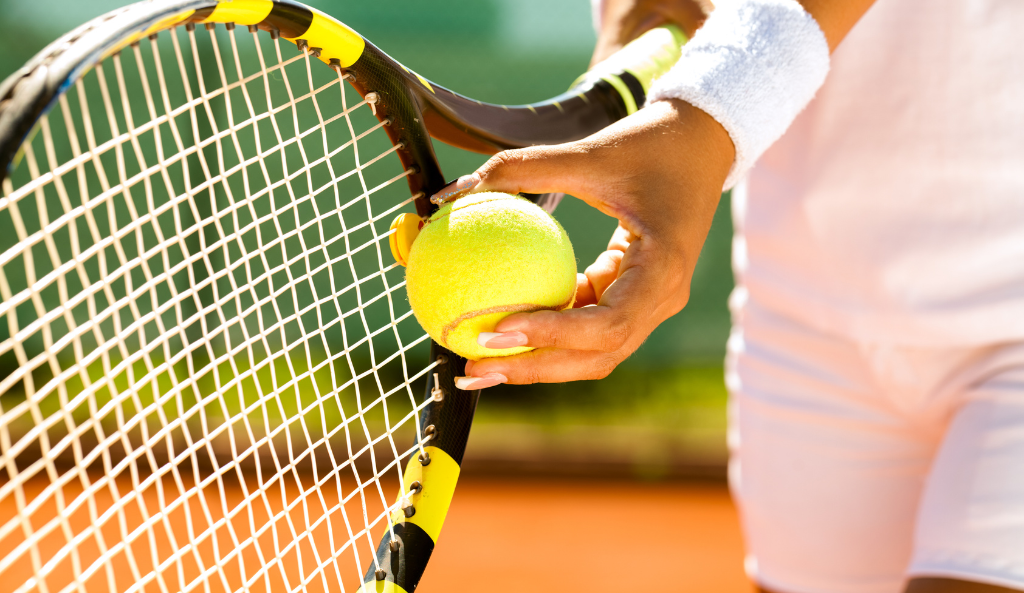
General Rules of Pickleball
Played in a badminton-size court varying between two or four players at a time, called singles or doubles, however, in order to accommodate four players at once, a full fledge court is necessitated.
On the other hand, mini courts can also be used if the number of players doesn’t exceed two individuals each carrying a wooden racquet.
The ball used in this sport is a wiffle ball with small holes, allowing wind to influence its direction when hit. The wiffle ball resembles Swiss cheese due to the shape of holes and has a slower traversal rate than a traditional ball.
However, these are just the basic rules, there are some other intermediate rules you have to follow:
Crucial Pickleball Strategies
(Single Format)
Subsequently, here are some strategies in pickleball when played in the “Singles” Format.
1. Kitchen Control
In pickleball, keep your opponent moving, play smart, and stay out of the kitchen zone to win.
When volleying, avoid faults by staying away from the “No Volley Zone.”
2. Shot Variation
Switch up your shots with different grips, stay unpredictable, and use dynamic footwork for serves and volleys.
It tires out your opponent and gives you better control in rallies.
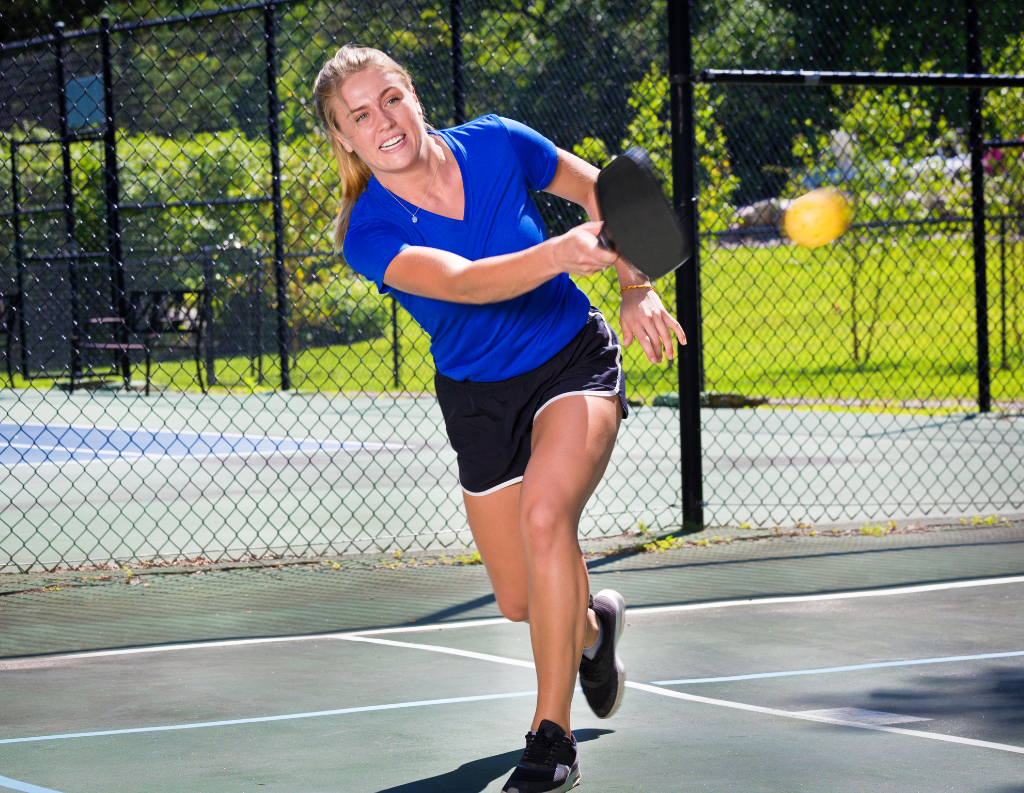
3. Agility is the key
Always stay alert, keep focused, and study your opponent’s moves. Shoot quickly to have better control and peak efficiency.
4. Serve Accuracy
A strong serve from the baseline gives you control. Aim accurately to make your shot powerful and keep the ball’s momentum consistent. Don’t miss the opportunity by serving poorly.
5. Lob With Situation
Lobs are good for sending the ball back but be careful. If you’re not sure it’ll give your opponent a hard time, you might face a tough shot that’s tough to handle.
Pickleball Doubles Strategy
Strategies from the Single format also apply in double format, however, there are some additional key strategies that are necessitated.
1. Proper Positioning
In doubles pickleball, position yourself and your partner strategically to confuse opponents and easily counterattack.
2. Communication is the key
Communicating with your doubles partner is key. It reduces errors and helps decide the next move. Poor communication can hurt the game, especially in competitive sports.
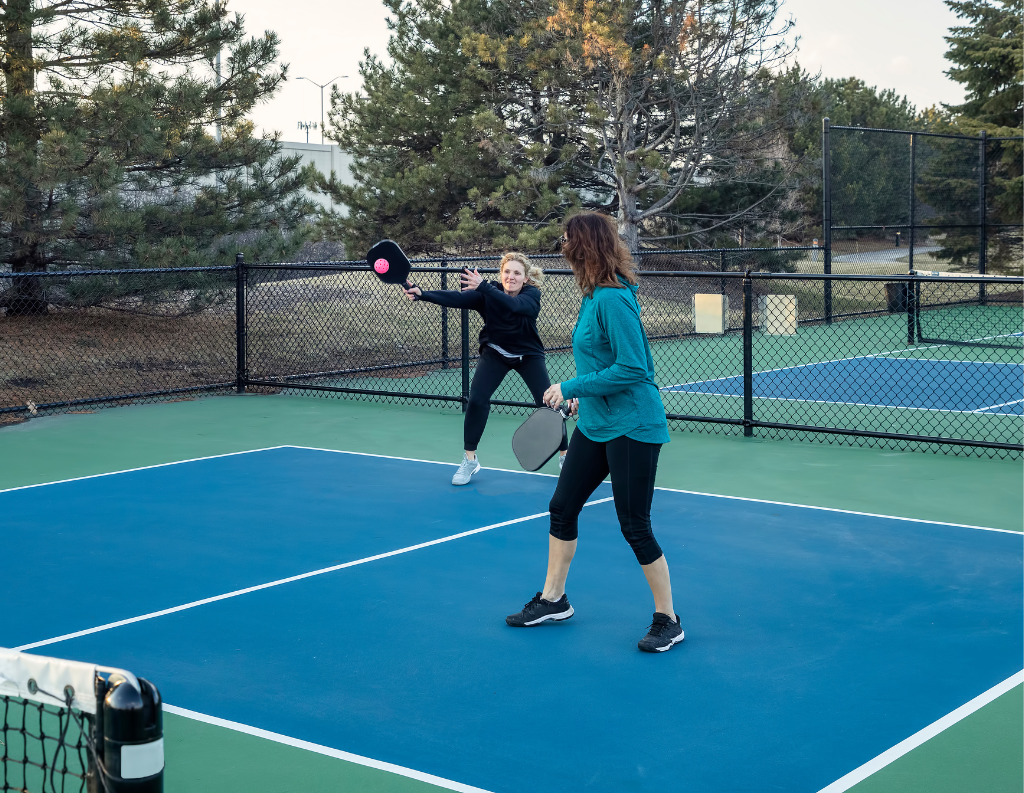
3. Effective Lob
Play Double Format pickleball by splitting the court into two parts for each player. One player stays close to the kitchen for quick rebounds, while the other defends the top to block lobs and respond with strong lunges.
4. Poach With Synergy
Poach or drop shots work with good positioning and communication. In competitive games, effective poaching is key for success.
Pickleball Hand Signals
Both teams are allowed legal hand gestures, which are as follows:
Serve & Return
#1
Fake
#2
Up & Down
#3
IN & Out
#4
Halt
#5
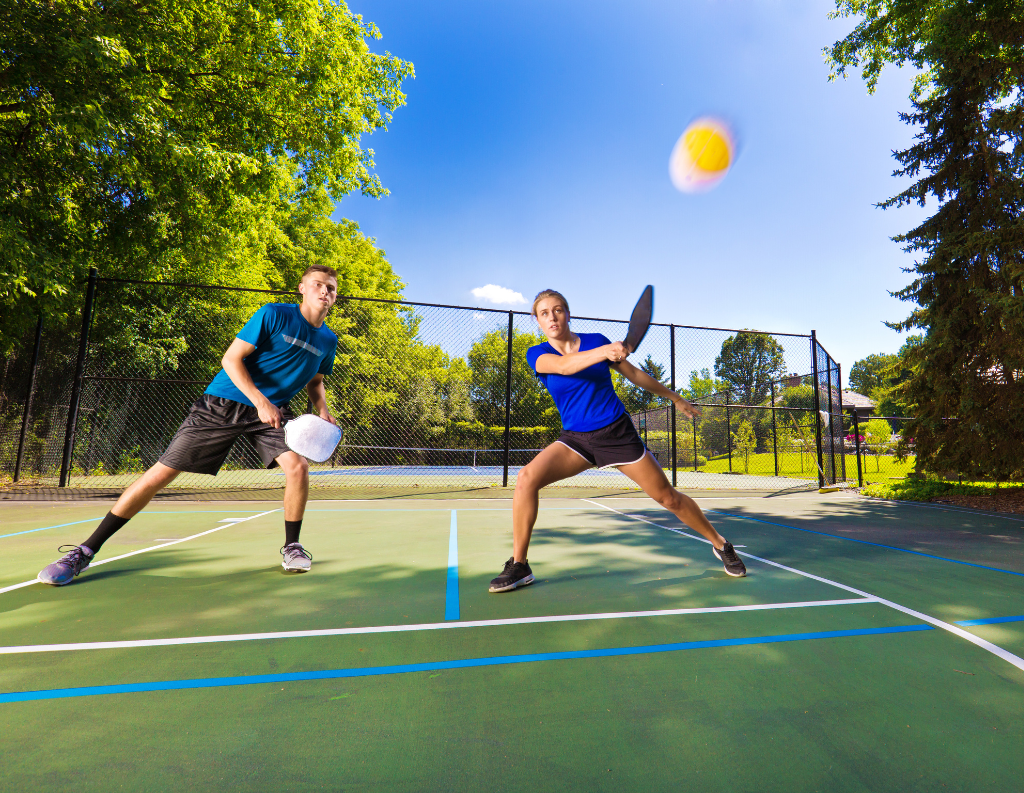
How To Play Pickleball?
Pickleball is played in single or double format and initiated through service shots, Each shot should be rebounded back and forth over the net, and a point is scored after a ball is missed, thrown out of bounds, or hits the net.
A service shot can only be performed underhand and requires the ball to bounce at both the server side as well as the opposing team side.
After a service shot, the ball can be either volleyed or groundstrokes until a maximum score of 11 is achieved, however, a game is only won by either team after a game point is achieved.
Pickleball 101 – Terminologies Of The Game
Serve
It indicates a service shot that initiates a legal session in the pickleball sport.
Backhand
Performing a shot with the paddle rotated to hit the ball backward.
Dropshot or rebound
A fast lunge is commonly employed to quickly hit the ball at the opponent’s feet.
Lob
Opposite of drop shot, arches over opponent, aids return to starting position.
Net
A Nylon mesh that devices a court into two segments.
Baseline
The place where service shot is legally performed.
Kitchen zone
A non-volleying zone where a ball cannot be directly hit.
Volley
Volleying hits before bounce, unlike groundstrike.
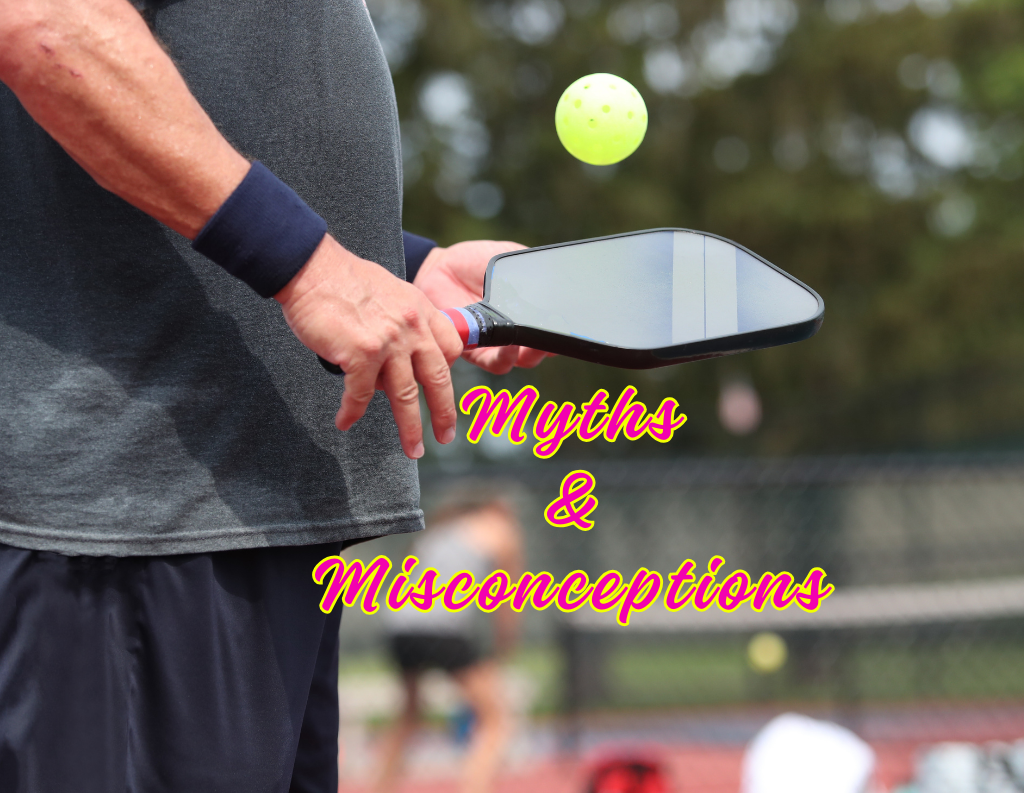
Common Pickleball Myths & Misconceptions
It’s only A Casual Sport
Pickleball has gone from casual to big-time, with 5 million players in the US. It’s not just fun; there are serious leagues and tournaments too.
It’s Virtually Safe To Play
Pickleball, like any sport, can cause injuries. Be careful to avoid muscle pulls and harm on the court.
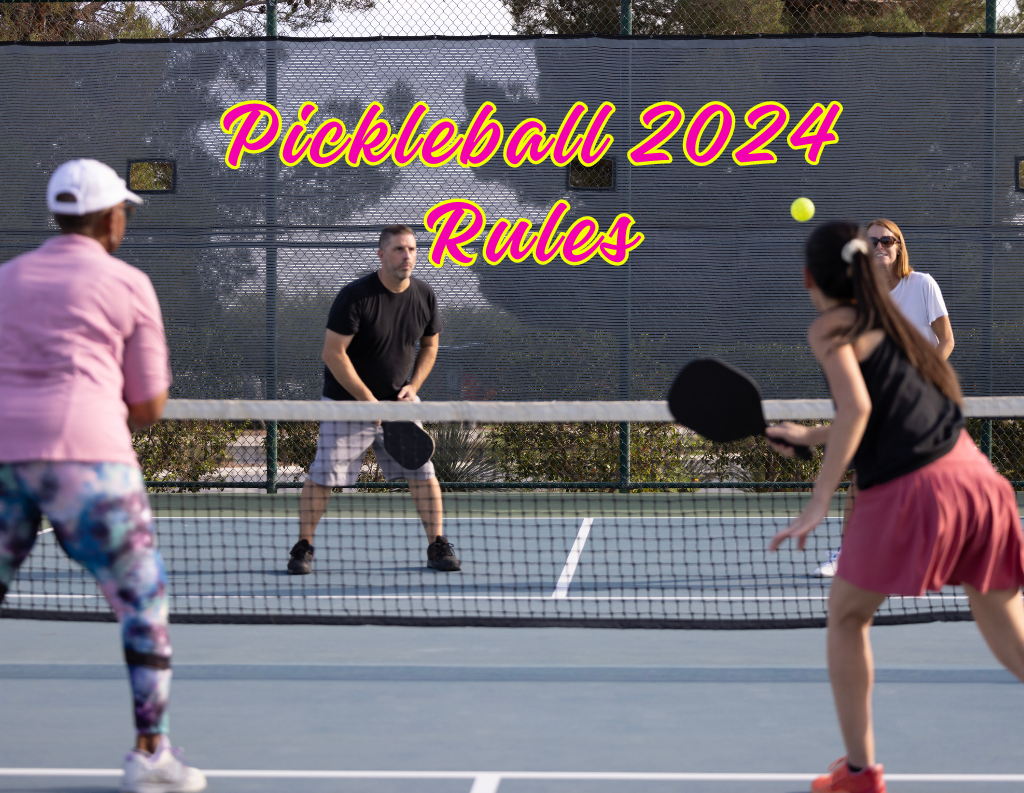
New Pickleball Rule Changes Effective As Of 2024
The USA Pickleball Association (USAPA) has enforced new rules which are in effect as of January 1st, 2024.
The USA Pickleball Association (USAPA) reserves the right to change, prohibit, or introduce any policy or rule, depending on the feedback received as the sport evolves to make it more feasible and fair for both teams.
Pickleball Essential
Bucket List Pickleball Gears
Pickler Paddles
Pickleball Shoes
Pickleball Net
Picklers Machine
How We Test Pickleball Gears?
Paddle Testing
Warm up and assess grip, weight, and balance. Evaluate control, power, and feel during different strokes.
Shoe Testing
Wear shoes for lateral movements, sprints, and stops. Check grip, comfort, support, and breathability on the court.
Net Testing
Set up and test net stability. Evaluate durability, ease of assembly, and compliance with pickleball regulations.
Ball Testing
Play rallies to assess bounce, weight, and visibility. Observe responsiveness to various shots and check for consistency.
Other Gear Testing
Wear additional gear, evaluating comfort and functionality. Consider features like moisture-wicking and adaptability to pickleball conditions.
Frequently Asked Questions
Most Popular posts
No posts
